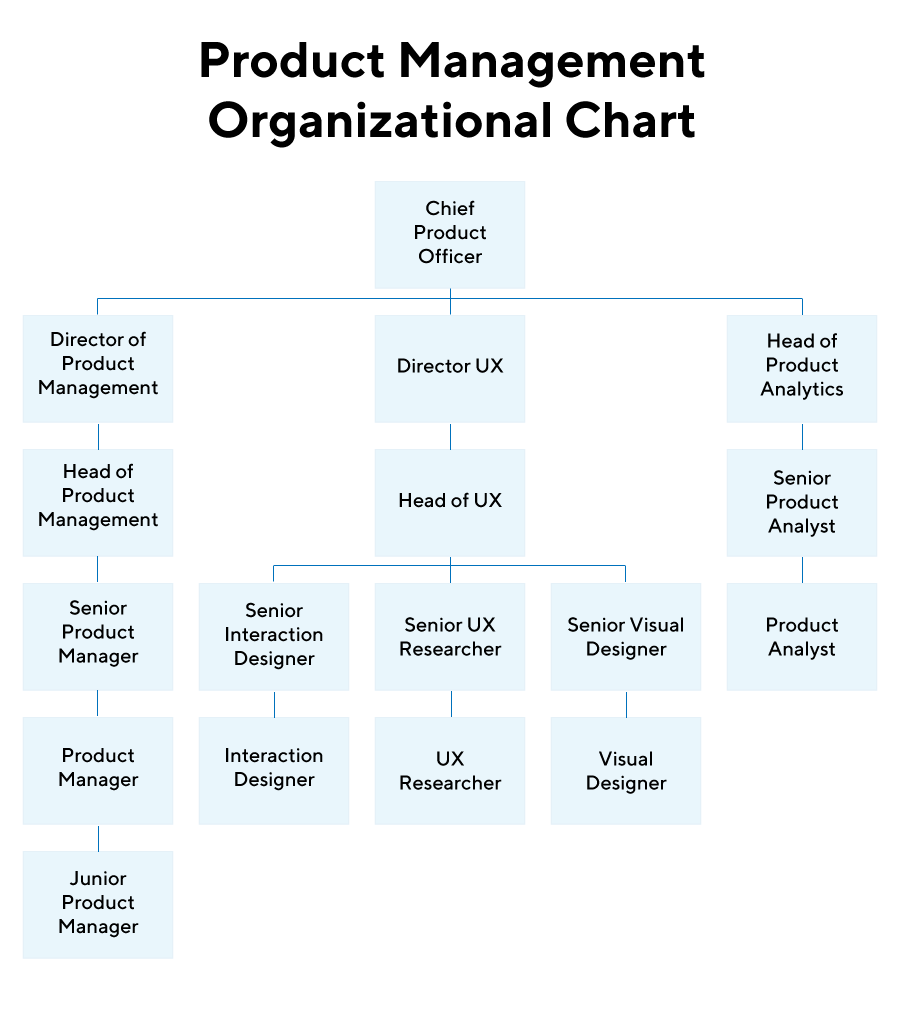What is a Chief Product Officer?
A chief product officer (CPO) is a corporate title referring to an executive who leads the entire product organization. Alternatively, the CPO is known as VP of product or head of product.
A CPO is responsible for the strategic product direction. Usually, it includes product vision, product innovation, product design, product development, project management, and product marketing. In many tech companies, this position also provides distribution, manufacturing, and procurement.
In a nutshell, a CPO leads a product management (PM) team in building great products that deliver sustainable value to the business. From the early stages of developing a new product concept to beyond product launch, a CPO balances the needs and goals of both the product and the business.
What are the Differences Between Chief Product Officers and Other Product Leaders?
The CPO oversees all of a company’s product-related matters. The departments they manage range from product management to user experience (UX) research and design to product analytics. The CPO supervises key product management leaders (e.g., the Director of Product Management, the Director of UX, the Head of Product Analytics, and the Director of Product Marketing). It’s the CPO’s responsibility to ensure that these key roles are being performed efficiently and are aligned with the organization’s vision and strategy.
The CPO also serves as an important mentor for other product management personnel. They play a crucial role in influencing a product organization’s culture and strategic direction.
The chart below illustrates the organizational structure of a typical product organization.

Do all Organizations need a CPO?
An organization that places a priority on cultivating a product excellence mindset – a customer-focused framework for developing an impactful product – should have a CPO. Read here about one CPO’s career journey.
What are some Key Objectives for a Chief Product Officer?
A CPO must simultaneously have a broad view of company goals, needs, and success and maintain an in-depth focus on a product’s objectives, needs, and success.
A CPO’s primary objectives include:
- Leading the PM organization, supervising PM managers, and mentoring their team
- Creating a vision and strategy for the entire PM organization
- Marketing and evangelizing products from concept to launch
- Research that leads to informed decision-making across the organization
Download The Product Strategy Playbook ➜
What are a chief product officer’s responsibilities?
To understand the major responsibilities of a chief product officer, it is important to focus on their high-level responsibilities. They lead the product department in developing new products that provide valuable solutions to customers. However, their main goal is to tie their product vision to that of organizational goals.
Sometimes, a product-led organization will hire CPO to build out its product department. A CPO provides the knowledge and insight to develop a product team that meets the organization’s needs. Moreover, they serve as the intermediary between product and executive stakeholders.
The responsibility of a chief product officer to communicate strategy to executive stakeholders guarantees the need to develop an effective product strategy. They can communicate this strategy with stakeholders through a product roadmap. Furthermore, it is their responsibility to keep track of all product metrics so that they can make informed product decisions throughout the product lifecycle.
How do I become a chief product officer?
The path to becoming a CPO is extensive in terms of education and experience. CPOs generally have a significant level of education and advanced degrees (i.e., PhDs). Typically, they are in areas such as business admin, economics, IT, product management, marketing, psychology, engineering, and other related fields. They also bring many years of high-ranking experience within product management to their role, as well as excellent communication, leadership, and analytical skills.